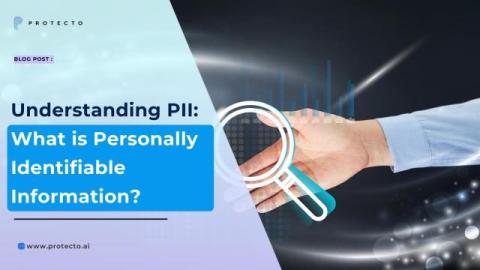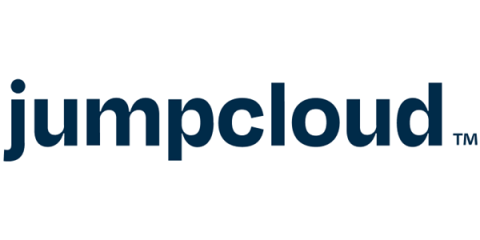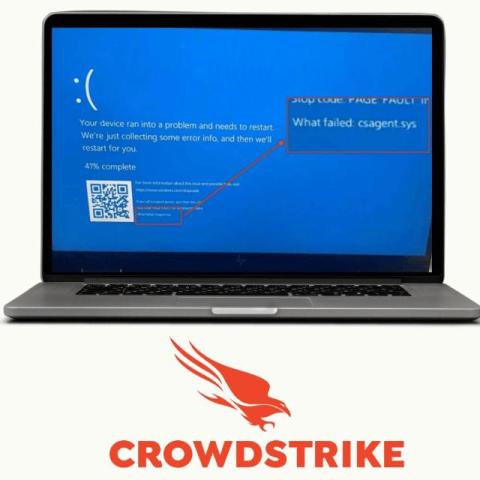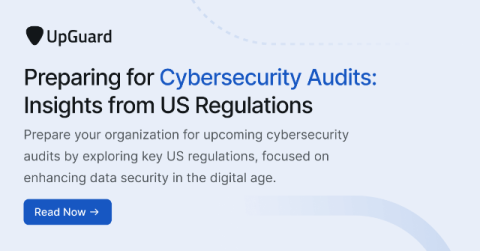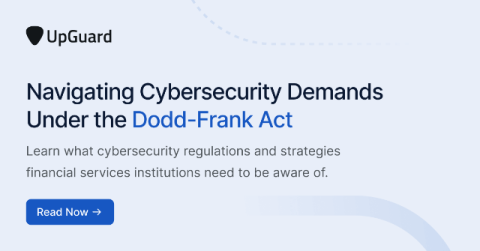What is Personally Identifiable Information (PII)?
Personally Identifiable Information (PII) encompasses data that uniquely identifies an individual. Examples of PII include direct identifiers like full names, social security numbers, driver's license numbers, and indirect identifiers such as date of birth, email and IP addresses. The precise nature of PII can vary depending on the context and jurisdiction, but its defining characteristic is its ability to single out a specific person.


